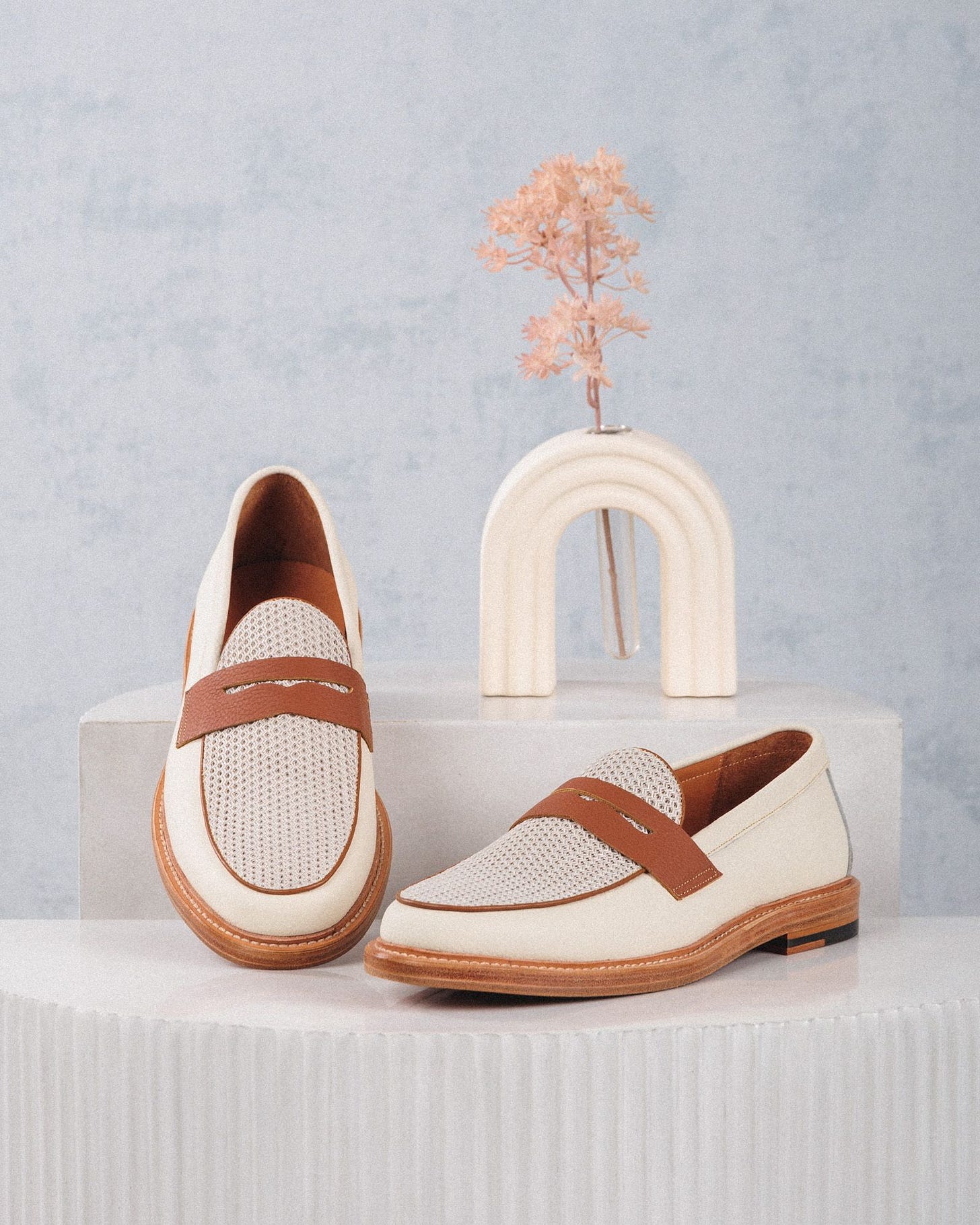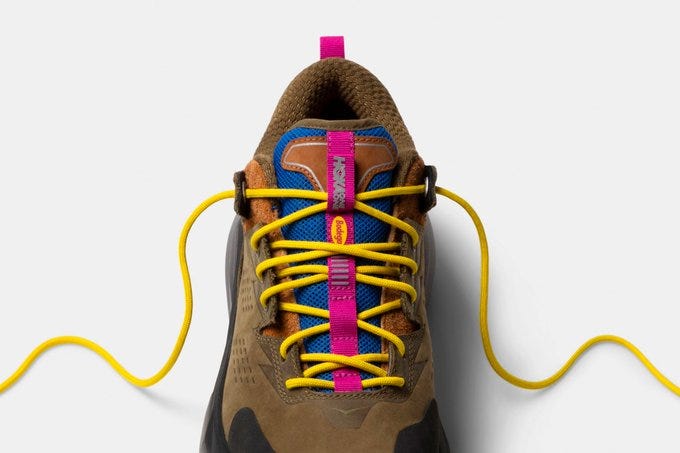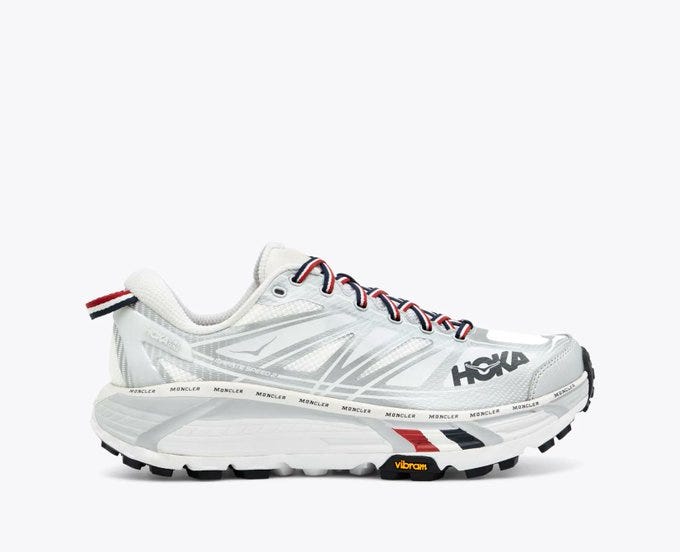How HOKA became a billion dollar brand
The backstory behind the comfiest, ugliest, and maybe the coolest shoe in the activewear market
Wedding SZN loafs

Maximalist tendencies
You can't overstate the influence of maximalism in apparel, design, and aesthetics right now. Bold, bright, loud, colorful, and… chunky have become signifiers of good taste and self-expression.
With HOKA, chunky is now a selling point and product differentiator since day one, and their emphasis on comfort has—by accident or not—put them into the fashion conversation, where form precedes function, and it’s enabled the brand to win big the last decade.
Here’s a brief rundown on how they got to this point.
HOKA One One — “Fly over the earth”
The brand has only been around for 15 years.
Founded in 2009 by two French trail runners, Nicolas Mermoud and Jean-Luc Diard. The duo got the name from the indigenous Maori language, which translates to "fly over the earth."
What a name.
Nicolas and Jean-Luc, both serious outdoorsmen, wanted to create a shoe that could handle the rigors of trail running and provide proper cushioning and support on their journies. Having both worked at Salomon prior, they had the institutional knowledge.
They drew inspiration from the oversized midsoles of traditional wooden clogs worn by European farmers, developing a shoe with a well-cushioned midsole, and they came up with this…
And they called it the "oversize concept," similar to the shoe version of what mountain bike tires are for cycling.
It's fair to say that, traditionally, oversized midsoles haven't always been a popular option. Yet in a sea of running shoe brands, from Brooks to Nike, HOKA found a path by distinguishing their product unlike any other.
Taking flight
HOKA dropped the Mafate, their first shoe, in 2010 and quickly gained a following among trail runners. The technology behind HOKA's chunky soles set them apart.
The brand grew quickly from there, gaining street cred in the outdoor and running community. In 2012, HOKA was acquired by Deckers Brands, the same footwear company that owns UGG and Teva.
And over the following years, HOKA has focused on its core products, maintained its brand DNA and aesthetic, and expanded its product line. The goal has always been to create shoes that provide maximum cushioning and support without sacrificing performance.
As a result, the brand has grown remarkably fast, hitting $1B in revenue as of a few months ago.
Form > function
Performance isn't the only customer base that's gone obsessed over HOKA. The running brand has also forged an incredibly loyal base in the fashion industry. Thanks in part to the rise of gorpcore and outdoor's influence on fashion.
As Gorpcore has become one of the most mainstream style trends over the last 5-6 years, shoe brands like Salomon have played a huge role here. Here's a primer on Gorpcore I wrote a few years ago if you need it.
But HOKA has won big too, in part due to how colorful and playful their products are. It's a shift toward maximalism and functionality, and the irony that you'll wear something outdoorsy even though you have no intention to be outdoors.
So far, HOKA has collabed with brands like Bodega, Moncler, and Engineered Garments, with more on the way.
Regardless of how much clout the brand has gotten in the fashion space lately, the HOKA remains focused on designing high-quality footwear adamant they're only making shoes for outsiders.
Fly over the earth really is a fitting name based on how the brand has made its mark the last decade. With its innovative design and commitment to comfort and performance, HOKA has helped runners all over the world do just that.













I always learn so much from your write ups. Thank you